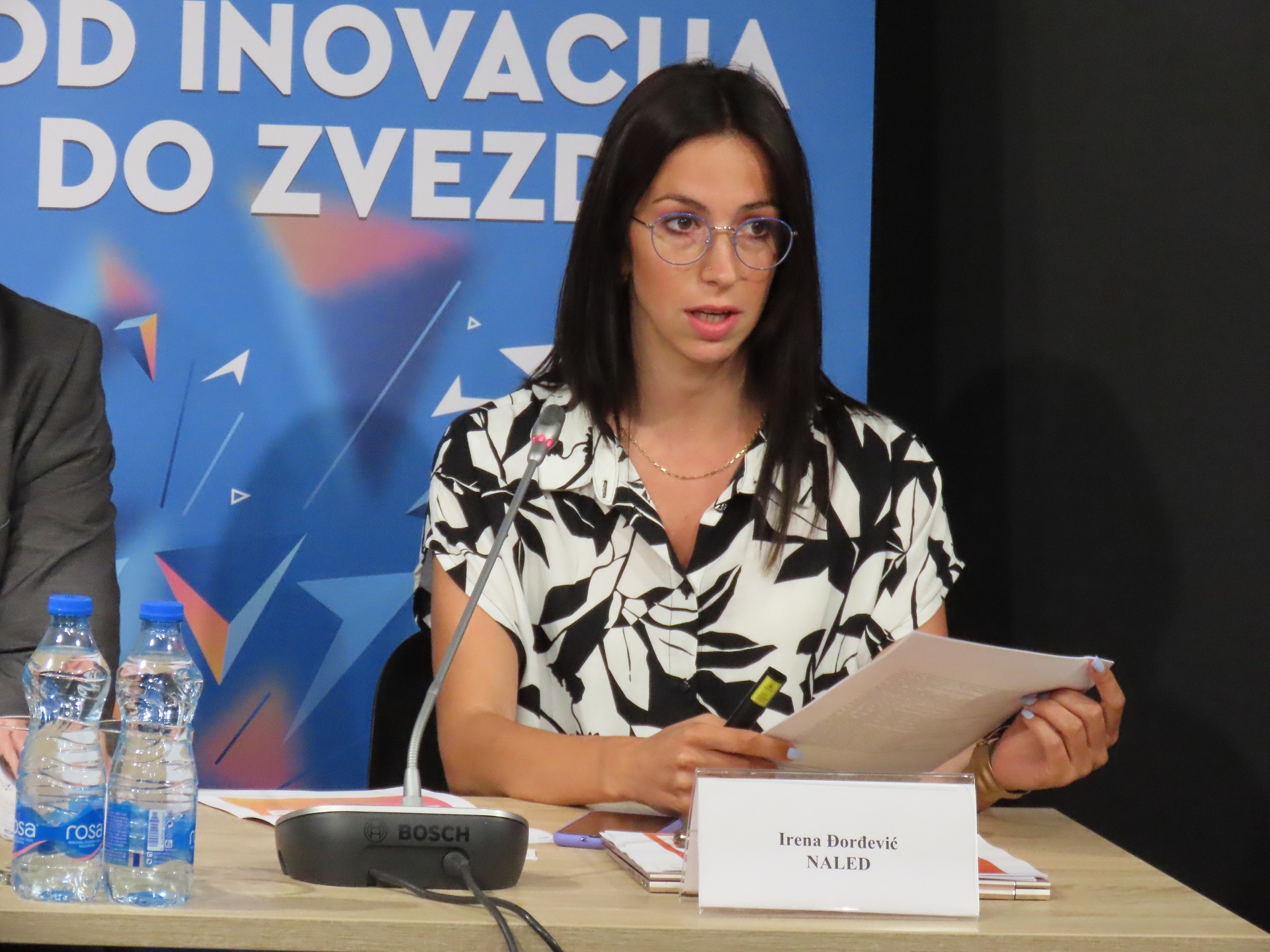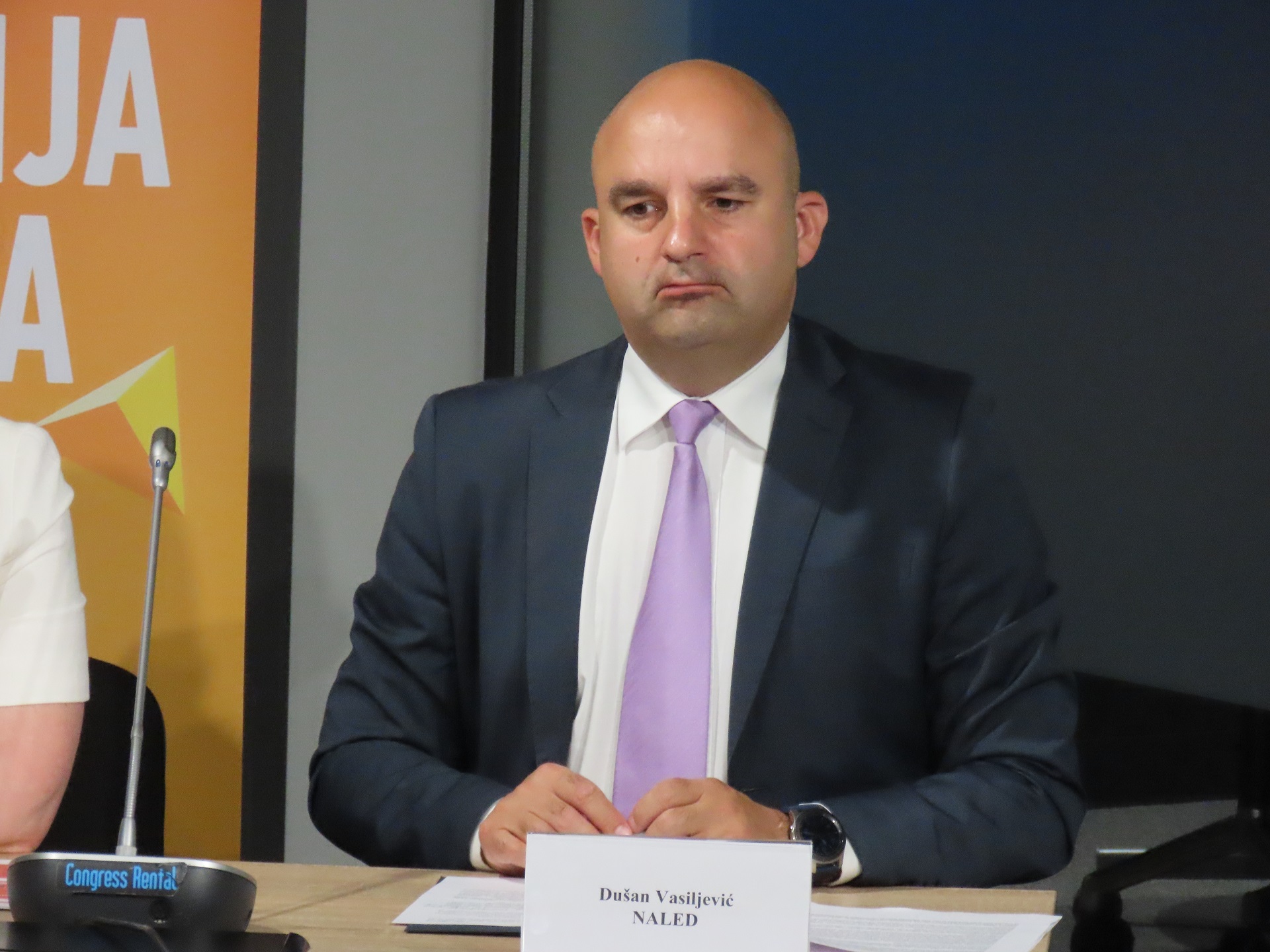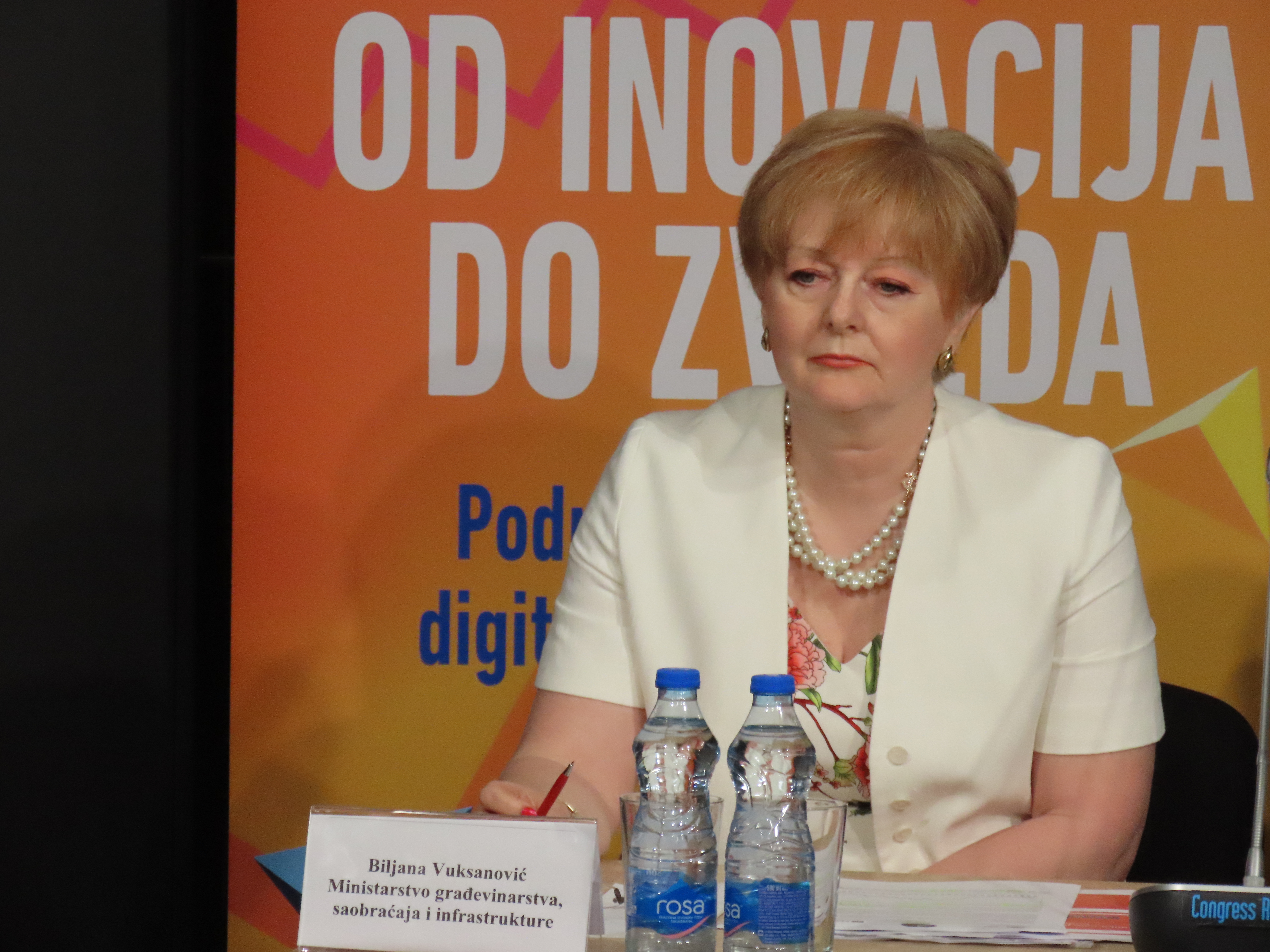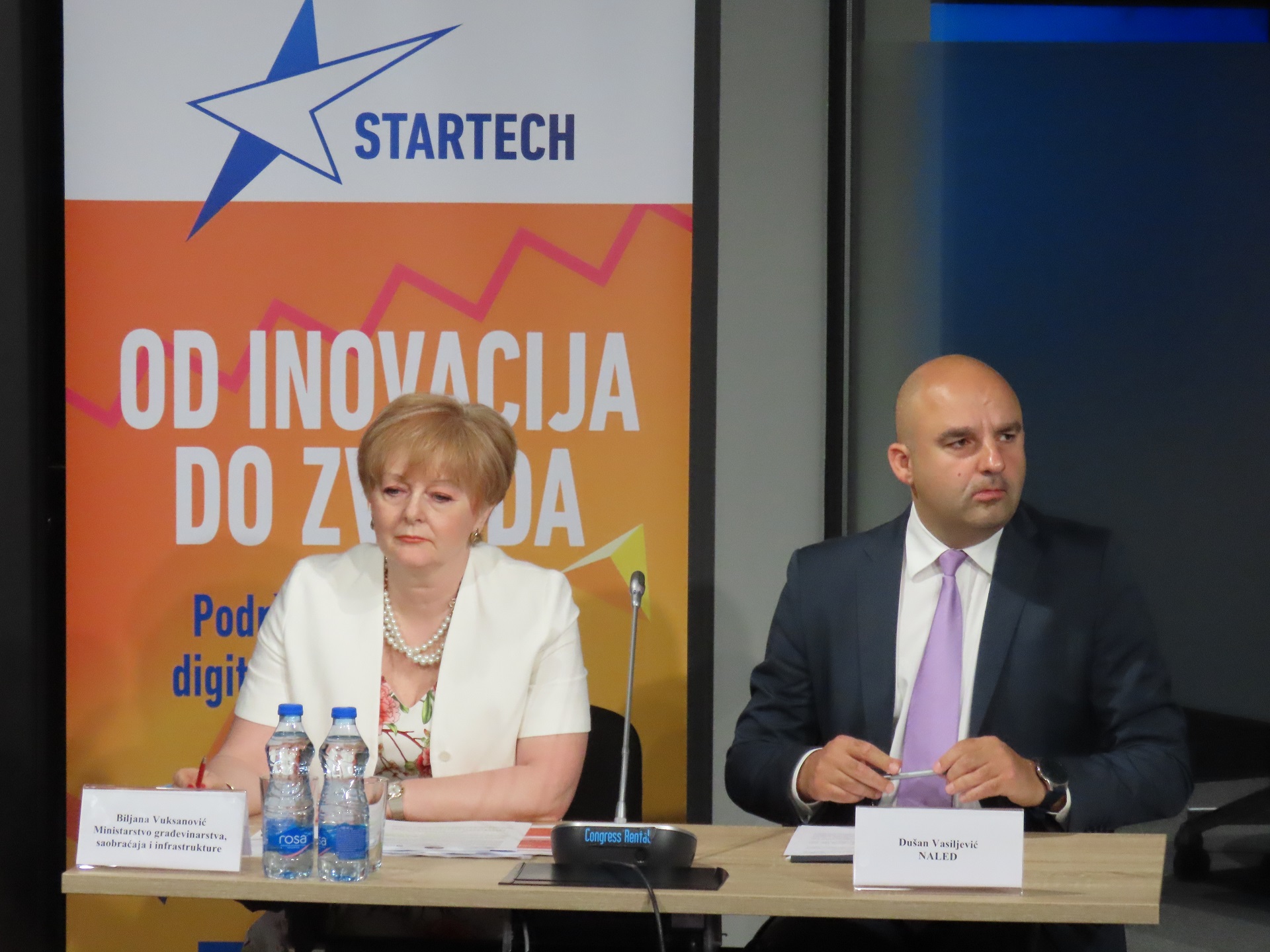We would all drive an electric car, if the state paid half the price
Buying an electric car is an interesting option for the citizens of Serbia, and 86% of them might or certainly would do it, but most would be willing to spend a maximum of 3,000 euros above the price of conventional vehicles. Distributors' price lists show that hybrid and electric vehicles are up to three times more expensive than the standard ones, and for three quarters of citizens this is the key reason why they did not switch to electric propulsion. That is why 87% of respondents support subsidies for purchases, and one in two persons would like to share the cost with the state in equal parts.
The survey of citizens' attitudes about electric and autonomous vehicles, presented at NALED’s today's press conference, in addition to the price, indicates an even more important challenge, and that is insufficiently developed infrastructure.
- According to various estimates, between 50 and 150 chargers have been installed in Serbia. The average charging time is about 4.5 hours, which would mean that a maximum of five cars can be charged on one charger per day. Only eight chargers have been installed on the highways, and by the end of this year there will be a maximum of 18. In addition to providing a larger number of chargers, the challenge will be to regulate charging fees, which are now free. Our estimate is that even in the case of the introduction of a fee, the cost of charging, without a fee for the use of chargers and other costs, would be several times lower than conventional vehicles with an average of 1,300 dinars per 100 kilometers - said Irena Djordjevic, Policy Manager in NALED, reminding that, according to the data of the Ministry of the Interior, in 2020, 2.2 million vehicles were registered, of which only 1,416 hybrid and 102 electric.
The third concern that citizens point out is the range of electric vehicles. The majority of respondents (65%) would be satisfied with a range of up to 500 kilometers. Although conventional cars have a range of 500 to 790 kilometers with a single tank filling, electric vehicles do not lag behind in this segment (455 to 836 km) and it is evident that it would meet most needs. For longer distances, in addition to fast chargers, one of the solutions could be replaceable batteries.
Recommendations for the development of the eMobility ecosystem are given in the Grey Book of Innovations, which, like the research, was created within the StarTech program, implemented by NALED with the support of Philip Morris and in cooperation with the Government of Serbia.
The third concern that citizens point out is the range of electric vehicles. The majority of respondents (65%) would be satisfied with a range of up to 500 kilometers. Although conventional cars have a range of 500 to 790 kilometers with a single tank filling, electric vehicles do not lag behind in this segment (455 to 836 km) and it is evident that it would meet most needs. For longer distances, in addition to fast chargers, one of the solutions could be replaceable batteries.
- Reduction of tolls by 50% for electric and 25% for hybrid vehicles, free parking and a simpler procedure for installing chargers, are some of the measures that can help increase the representation of environmentally friendly vehicles and which have been applied by other countries. It is necessary to digitize and simplify the procedures for allocating subsidies and using the tax exemption for e-vehicles - said Dusan Vasiljevic, director of Competitiveness and Investments department at NALED.
Biljana Vuksanović, State Secretary of the Ministry of Construction, Transport and Infrastructure, announced the development of a strategic framework for improving the eMobility sector in 2022, and the first step on that path will be simplifying the procedure for installing chargers in accordance with NALED's recommendation. According to her, by the end of the year, proposals for the Law on Planning and the Law on Roads will be prepared, and with the Ministry of the Interior, amendments to legal solutions in the field of eMobility related to traffic safety are planned.
Citizens are slightly more reserved towards autonomous vehicles. As many as 41% are unfamiliar with them, more than a quarter would not feel safe if they were present in traffic, while about 60% would trust them. However, they are divided when it comes to whether an autonomous vehicle would react better to a danger in traffic than a human being. They point out the high price and unadapted infrastructure as obstacles to greater use, and better performance, greater driving comfort and greater safety as advantages. The key recommendations of the Grey Book of Innovations in this area are the introduction of a special regulatory regime for testing and development of autonomous vehicles, the development of a test site modeled on Hungary, and improving the quality of traffic signals, especially on roads under local government.











